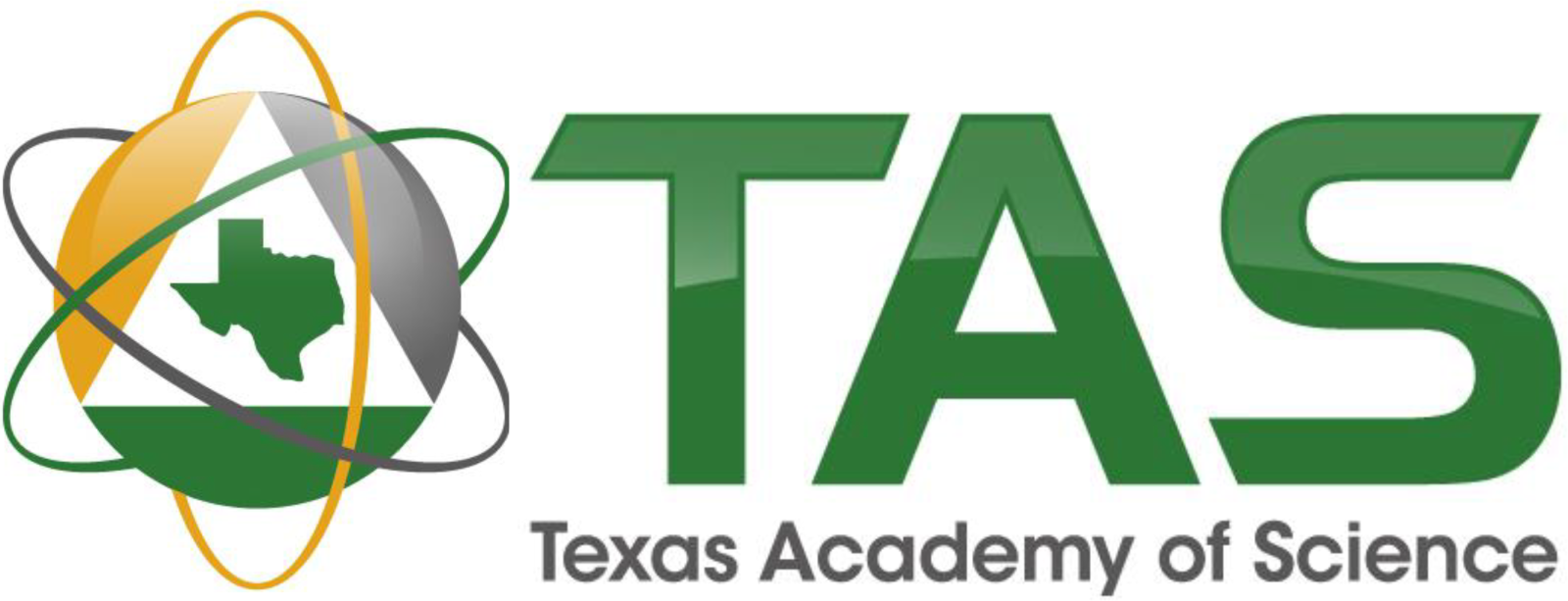REPRODUCTION IN THE CAPE REGION WHIPTAIL ASPIDOSCELIS TIGRIS MAXIMUS (SQUAMATA: TEIIDAE) FROM BAJA CALIFORNIA SUR, MEXICO
The Western Whiptail, Aspidoscelis tigris is currently recognized as a polytypic species and comprises nine subspecies in Baja California, Mexico (Grismer 2002). The endemic Cape Region Whiptail, Aspidoscelis tigris maximus occurs throughout the arid tropical region of the Cape Region of Baja California Sur. Asplund (1967) previously reported on the reproduction of A. t. maximus (as Cnemidophorus maximus Cope, 1864) for the month of August during the summer rainfall season in the Cape Region. The purpose of this study is to provide additional information on the reproductive cycle of A. tigris from the Cape Region, Baja California Sur, Mexico utilizing a histological examination of gonadal material from museum specimens, a method often used to avoid removing additional specimens from a population. The minimum sizes for reproduction of males and females are provided.
Methods
A sample of 39 A. t. maximus collected 1938 to 1973 from the Cape Region (N24°21' to N22°52') Baja California Sur, Mexico consisting of 31 adults (19 males, mean snout vent length, SVL = 106.4 mm ± 16.3 SD, range = 76–133 mm; 12 females, mean SVL = 108.2 mm ± 10.9 SD, range = 93–124 mm) and 8 juveniles (mean SVL = 61.3 mm ± 13.4 SD, range = 46–78 mm) were examined from the herpetology collections of the Natural History Museum of Los Angeles County (LACM), Los Angeles, California, USA and the San Diego Society Natural History (SDSNH), San Diego, California USA: LACM 14644, 14645, 14651–14653, 51865, 51866, 51868, 74277–74283; SDSNH 17668–17672, 17675, 30242–30251, 45013, 45061, 46059, 46871, 52981, 52989, 57735, 57737.
A small incision was made in the lower part of the abdomen and the left testis was removed from males and the left ovary from females. Gonads were embedded in paraffin, sections cut at 5 μm and stained with Harris hematoxylin followed by eosin counterstain (Presnell & Schreibman 1997). Slides were examined to ascertain the stages in the testicular cycle (Table 1) or the presence of yolk deposition (Table 2). Histology slides were deposited at LACM and SDSNH. An unpaired t–test was used to test for differences between adult male and female SVLs (Instat, vers. 3.0b, Graphpad Software, San Diego, CA).


Results & Discussion
There was no significant size difference between mean SVL of adult males and females of A. t. maximus (t = 0.34, df = 29, p = 0.74). Monthly stages in the testicular cycle are presented in Table 1. Three stages were present: (1) Regressed, seminiferous tubules contained mainly spermatogonia and interspersed Sertoli cells; (2) Recrudescent, germ cell proliferation for the next period of sperm formation (spermiogenesis) had commenced. Primary spermatocytes predominate in early recrudescence whereas in late recrudescence, secondary spermatocytes and spermatids were abundant; (3) Spermiogenesis, lumina of seminiferous tubules were lined by sperm or clusters of metamorphosing spermatids. The smallest reproductively active male (SDSNH 30245) undergoing spermiogenesis measured 76 mm SVL and was collected in June. The testis from one slightly smaller male (SDSNH 30244) which measured 74 mm SVL, collected in June was in early recrudescence and was considered a juvenile. The testicular histology of A. t. maximus was similar to that of A. t. punctilinealis in previous studies (Goldberg, 2012a; Goldberg & Lowe 1966) from Sonora and southern Arizona, respectively. The circumtesticular band of Leydig cell tissue characteristic of other teiid lizards (Lowe & Goldberg 1966) is present in A. t. maximus.
Three stages were present in the ovarian cycle of A. t. maximus (Table 2): (1) Quiescent; no yolk deposition; (2) Yolk deposition, basophilic yolk granules present in the ooplasm; (3) Enlarged preovulatory yolking follicles > 4 mm. Gradual accumulation of yolk in the follicles in two females from August (Table 2) were undergoing atresia, a process in which granulosa cells enlarge and engulf yolk granules (Goldberg 1970; 1973). Incidences of follicular atresia increase late in the reproductive season when yolked follicles that did not complete yolk deposition were resorbed (Goldberg 1973), thus conserving energy reserves that may be utilized in the subsequent period of reproduction. Our samples did not contain females with oviductal eggs. The smallest reproductively active female (SDSNH 57735) (with yolk deposition) measured 98 mm SVL. We considered slightly smaller females (LACM 74283, SVL = 97 mm; LACM 74277, SVL = 94 mm; LACM 74278, SVL = 93 mm) to be adults.
A diminished level of A. t. maximus breeding continues into late summer and autumn. Asplund (1967) provided reproductive data on A. t. maximus from August in which two of 10 females contained oviductal eggs. Late summer breeding activity was shown in our data as six of 10 (60%) males from August to November were still in spermiogenesis and three of 12 (25%) August females were undergoing yolk deposition. While two of three August females exhibited early atresia (Table 2) and may not have ovulated, there was no sign of atresia in the vitellogenic follicles of the third female.
Goldberg & Lowe (1966) reported A. t. punctilinealis from Pima County, Arizona to have completed reproduction in August. However, there are several studies on lizards from Baja California Sur that exhibit an extended period of reproductive activity in August: Phrynosoma coronatum (Goldberg 2011); Uta stansburiana (Goldberg 2012b); Callisaurus draconoides (Goldberg 2015). These support Fitch (1970) that prolonged breeding seasons in warm-temperate and subtropical areas may be timed to coincide with increased rainfall. This appears to fit the Cape Region of Baja California where tropical oceanic cyclones fueled by warm ocean waters bring precipitation and summer thunderstorms in August–September (Asplund 1967) thus insuring an adequate food supply of insects for egg production and neonates.
Contributor Notes
